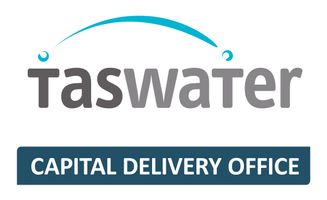Title Page
-
Site conducted
-
Conducted on
-
Prepared by
-
Location
-
Project Name
-
Project ID:
-
Supervisor
-
SEP prepared and on display in site office / crib room?
-
Outstanding actions from previous inspection(s) have been addressed?
-
Required Environmental permits in place and current? (Permit to Disturb Land or Vegetation, Permit to Dewater or Bypass Pump, Permit to Enter a No-Go Zone, Out of Standard Hours Work Permit)
-
Works completed under a Permit to Disturb Land or Vegetation are undertaken within the allowable boundaries as set out in the Permit.
-
No go zones and project boundaries established? Has any clearing, stockpiling or entry has occurred within these no-go boundaries? Review the Site Environmental Plan maps and check. Are these boundaries being communicated to staff during inductions, pre-start, etc?
-
Erosion and sediment controls must be in place as per the SEP prior to any ground disturbance commencing. Controls must be maintained and remain in place until works are complete.
-
Stockpiles (soil, gravel, topsoil etc) managed in accordance with SEP and Material Tracking Form utilised where appropriate.
-
Waste segregated according to SEP and waste regularly disposed of (no full/overflowing waste bins).
-
Waste disposal dockets supplied by Contractor for all off-site waste disposal and provided to PEMR.
-
Has any spoil or fill been removed from site? If going to a private landowner, has a Material Tracking Form been completed? Is there potential for contamination on site? Has the spoil been determined as clean fill?
-
Project waste production, water use and fuel consumption is being recorded and routinely provided to PEMR.
-
Dedicated and adequate concrete washout facility installed and utilised. <br>Excess concrete and concrete washout is not to be discharged to land or stormwater; a concrete washout facility must always be used.
-
Spill kits available in specified locations as per the SEP and are adequately stocked and servicable.
-
All hazardous substances (liquids and solids) must be stored and managed in accordance with the Environmentally Hazardous Materials Management Sub-plan.
-
Environmentally hazardous substances must be stored in a bunded area with a minimum holding capacity of 110% of the largest container within the bund or 25% of the total capacity of all containers within it, whichever is the greater.
-
All refuelling points and refuelling/service vehicles must have fully stocked hydrocarbon spill kits.
-
Existing ground conditions and weather forecasts will be taken into consideration prior to conducting civil works (including movement of vehicles, plant and equipment around site). Works will not be conducted if ground conditions are unsuitable or pose environmental risk unless appropriate management measures are in place (eg. gravel placed on water logged areas).
-
Where temporary toilet facilities are used, documented periodic inspections must be undertaken and a pump out schedule implemented and maintained.






